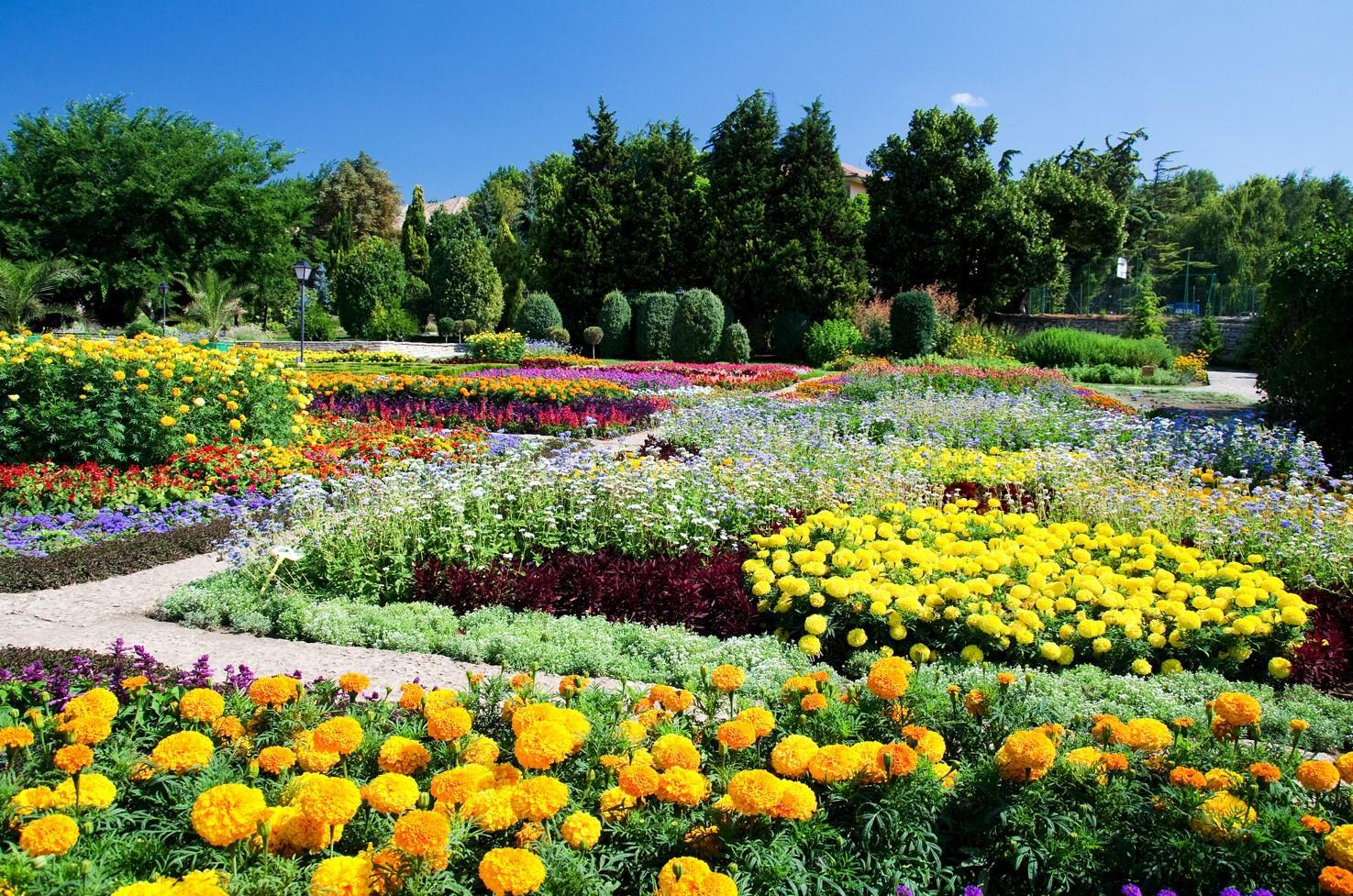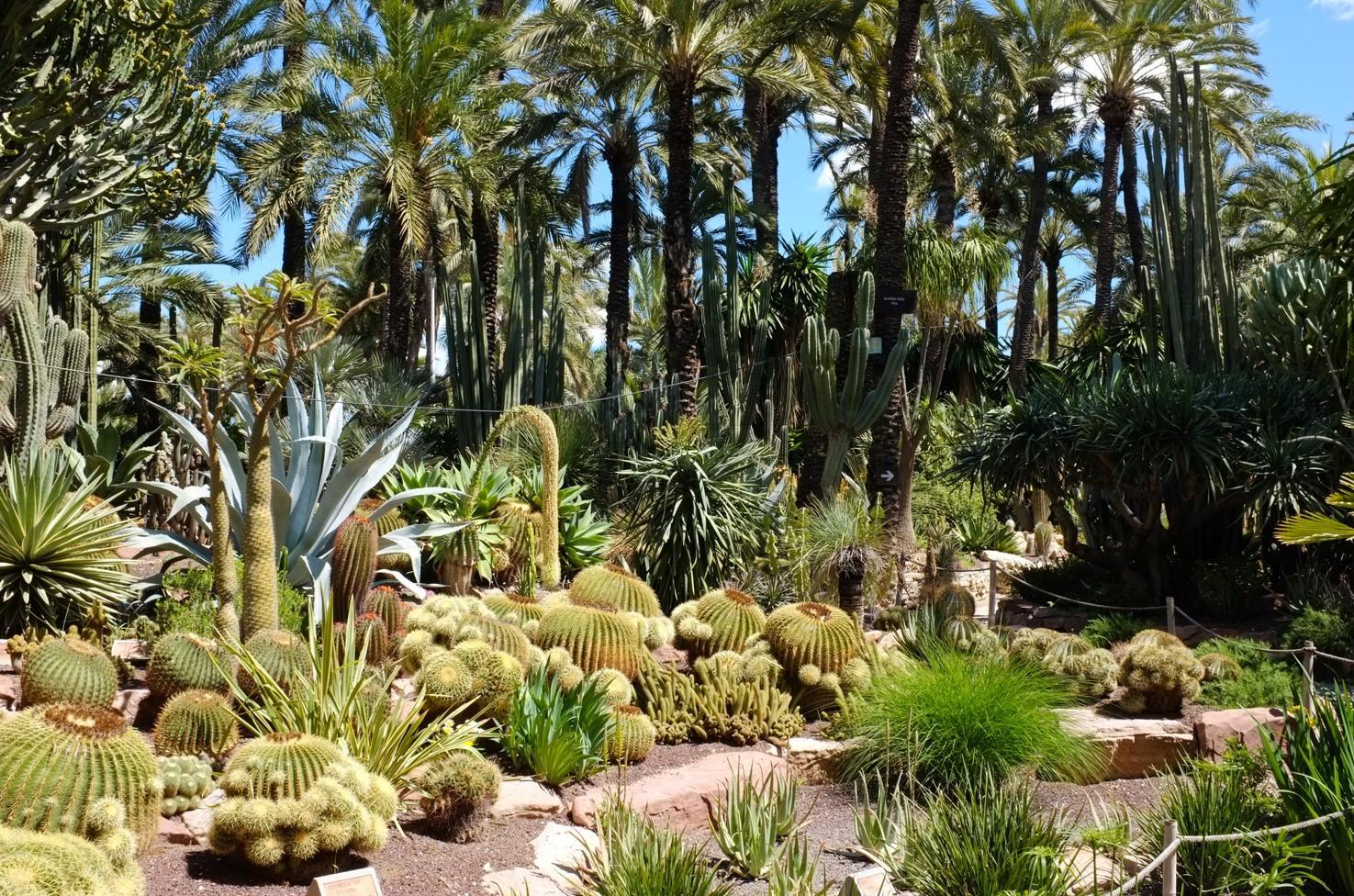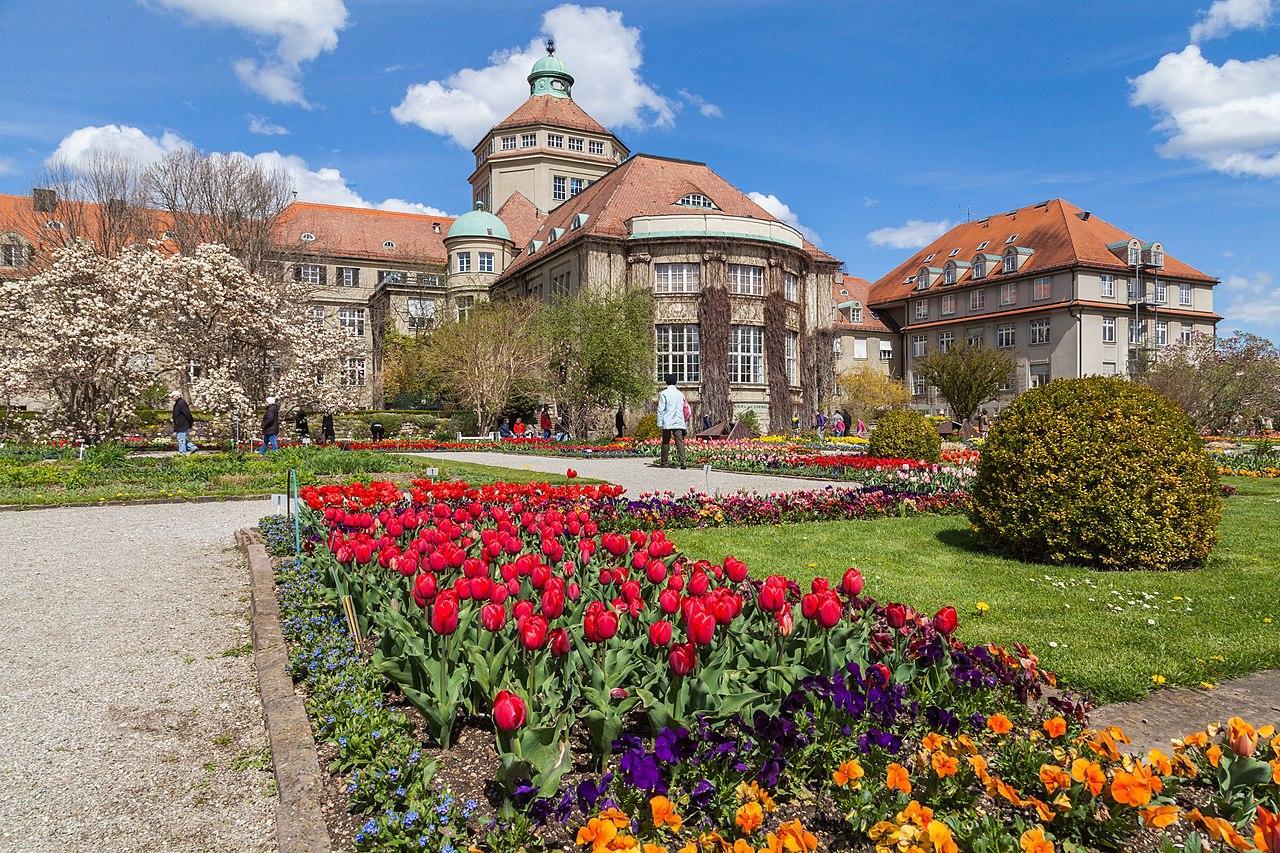What Is a Botanical Garden?

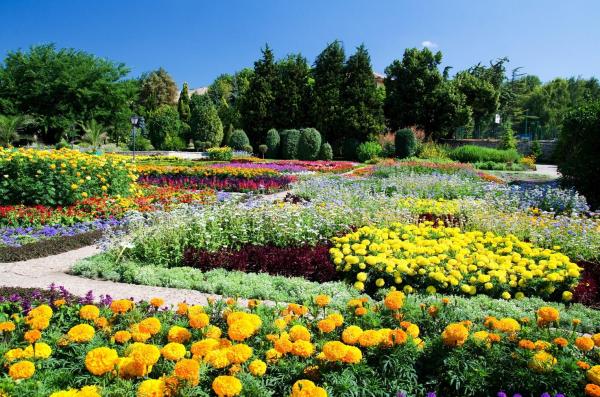
Botanical gardens are scientific collections of living plants that serve as research centers, conservation sites, and public education spaces. These living museums do more than display plants - they document species, protect endangered flora, and advance our understanding of plant life. Each garden contains carefully labeled plants with known origins, uses, and classifications, making them valuable resources for scientists, students, and visitors. From their ancient origins in pre-Hispanic Mexico to today's high-tech facilities, botanical gardens continue to play a crucial role in preserving and studying plant diversity.
In this article by thedailyECO, we will explore what botanical gardens are, their main characteristics, how they work, and why they matter.
What are botanical gardens?
Botanical gardens are living plant museums that collect and study different species. Each plant comes with specific details about where it's from, how people use it, and its scientific classification.
They help save endangered species through seed banks and special growing programs. Their scientists study plant biology, genetics, diseases, and medical properties. You'll find detailed records for each plant, including its scientific name, where it's from, how to grow it, and its uses for food, medicine, or materials.
The idea goes back to early human history, with plant collections in Egypt, China, Greece, and other ancient societies. Mexico built the first true botanical gardens. King Nezahualcóyotl made one in Texcoco (1402-1472), and Moctezuma I created another in Oaxtepec around 1440. These gardens did plant research, studied medicine, and grew new plants from existing ones.
European botanical gardens started in the 1500s when explorers brought back plants from their trips. The first opened in Padua, Italy in 1545. You can still visit it today, since it's an active research center.
To keep plants healthy, these gardens use specific growing methods. They build greenhouses to trap heat for warm-climate plants and add water features to make certain areas more humid. This lets them grow plants from many different climates in one place.
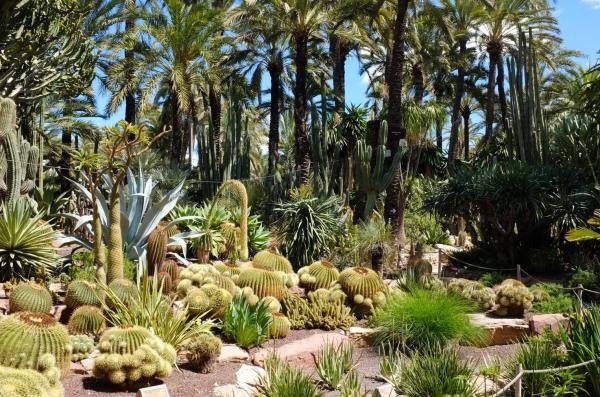
Types of botanical gardens
Botanical gardens organize their collections in different ways based on their goals, location, and resources. While some focus on a single specialty, most combine several types of collections and purposes. Here are the main categories we see today:
Main types by purpose:
- Public display gardens: focus on education and public enjoyment. They often have themed sections but maintain scientific standards in plant documentation. Many combine research with public access.
- Research gardens: usually connected to universities or research institutes. They focus on scientific study but many still allow public visits. Their collections support specific research projects.
- Conservation gardens: focus on preserving rare or endangered species. They often specialize in local native plants and participate in breeding programs.
- Medicinal plant gardens: collect and study plants with medical properties. They work with research institutions and traditional medicine practitioners.
- Ethnobotanical gardens: show how people use plants in different cultures. They display plants with cultural, religious, economic, or social importance to specific communities.
- Horticultural gardens: focus on cultivating ornamental plants and developing new varieties. They often showcase gardening techniques and plant breeding.
Specialized collections:
Specialized collections refer to gardens that focus intensively on specific plant groups or habitats. These collections often exist within larger botanical gardens, though some institutions dedicate their entire space to one specialty. Let us take a closer look at its most common types:
- Arboreta: focus on trees and woody plants. They often include both native and non-native species.
- Alpine gardens: grow mountain plants and often recreate high-altitude conditions.
- Orchid houses: Specialize in orchid species and their cultivation.
- Palm gardens (Palmeta):collect different palm species and study their growth.
- Desert gardens: focus on cacti, succulents, and other desert plants.
- Native Flora gardens: display and preserve plants from specific regions or countries.
- Aquatic gardens: showcase water plants and wetland species.
- Bamboo gardens: specialize in bamboo species and their uses.
- Tropical gardens: focus on plants from tropical climates, often housed in large greenhouses.
- Butterfly gardens: combine plants that attract and support butterfly populations.
It is important to note that most botanical gardens mix these categories to serve multiple purposes. For example, a single garden might have sections for native plants, a medicinal garden, and specialized collections of orchids or desert plants.

Importance of botanical gardens
Botanical gardens do much more than display plants, they're essential centers of science, education, and public service. Their work helps us understand and protect plant life for future generations.
These gardens work as research hubs where scientists study plants in one location. Here they document biodiversity, test how plants handle climate change, search for new medical compounds, and develop better growing methods. Their findings help us use plants more effectively for medicine, food, and materials.
Conservation stands as another key mission. Gardens protect endangered species by growing rare plants to increase their numbers and eventually return them to nature. They maintain seed banks as backup collections and work with other gardens worldwide to preserve plant diversity.
Education flows naturally through all garden activities. Visitors learn about plants through guided tours and classes. Schools use these spaces as living classrooms. Each plant comes with signs explaining its story, and staff teach people how to grow and care for different species.
As public spaces, many gardens offer free entry, giving everyone access to nature and fresh air. They provide quiet spots in busy cities where people can see plants from various climates. These gardens help communities connect with their local plant life while learning about species from around the world.
Through these combined roles, botanical gardens help us understand, protect, and benefit from the plant world around us. They stand as living libraries of plant life, research centers, and public spaces that serve both science and society.
Did you know spending time among trees can lower stress and boost immunity? Learn about the fascinating practice of forest bathing.
Famous botanical gardens around the world
According to Botanic Gardens Conservation International (BGCI), there are over 3,700 botanical gardens across 180 countries. Each year, these gardens welcome over 500 million visitors combined.
Some famous botanical gardens include:
In Europe:
- The Royal Botanic Gardens, Kew (London): UNESCO World Heritage site with the world's largest plant collection.
- Jardins des Plantes (Paris): France's main botanical garden and first public science museum.
- Real Jardín Botánico (Madrid): historic research center dating to 1755.
- Berlin Botanical Garden: houses one of Europe's largest plant collections.
In the Americas:
- Missouri Botanical Garden (USA):oldest operating botanical garden in North America.
- Montreal Botanical Garden (Canada): known for its extensive themed gardens.
- Jardim Botânico do Rio de Janeiro (Brazil): important research center for Brazilian flora.
- Jardín Etnobotánico de Oaxaca (Mexico): showcases Mexico's rich plant diversity.
In Asia:
- Singapore Botanic Gardens: UNESCO site and leading orchid research center.
- Koishikawa Botanical Garden (Tokyo): Japan's oldest botanical garden.
In Africa:
- Kirstenbosch National Botanical Garden (Cape Town): specializes in South African native plants.
- Aburi Botanical Gardens (Ghana): one of West Africa's oldest botanical gardens, founded in 1890. Known for its spice and medicinal plant collections.
In Oceania:
- Royal Botanic Gardens, Melbourne: known for its Australian plant collections.
- Royal Botanic Garden Sydney: Australia's oldest scientific institution.
Each of these gardens has unique specialties and research focuses. Some focus on local flora, while others maintain diverse international collections.
Botanical gardens play a key role in protecting plant species. Learn more ways to preserve natural ecosystems in our other article.
If you want to read similar articles to What Is a Botanical Garden?, we recommend you visit our Decorative plants category.
- Almaraz N., González, M., Naranjo, N., Ávila, JA, Herrera, J., & Delgado, A. (2005). Botanical gardens and the conservation of cacti. Interdisciplinary Research Center for Regional Integral Development-National Polytechnic Institute.
- UNESCO (sf) Botanical Garden (Orto Botanico), Padua . Available at: https://whc.unesco.org/en/list/824/
Estrada, E. (1992) Community botanical gardens, medicinal plants. In: Domestication of medicinal plants of Central America . Costa Rica: Tropical Agricultural Research and Higher Education Center.





